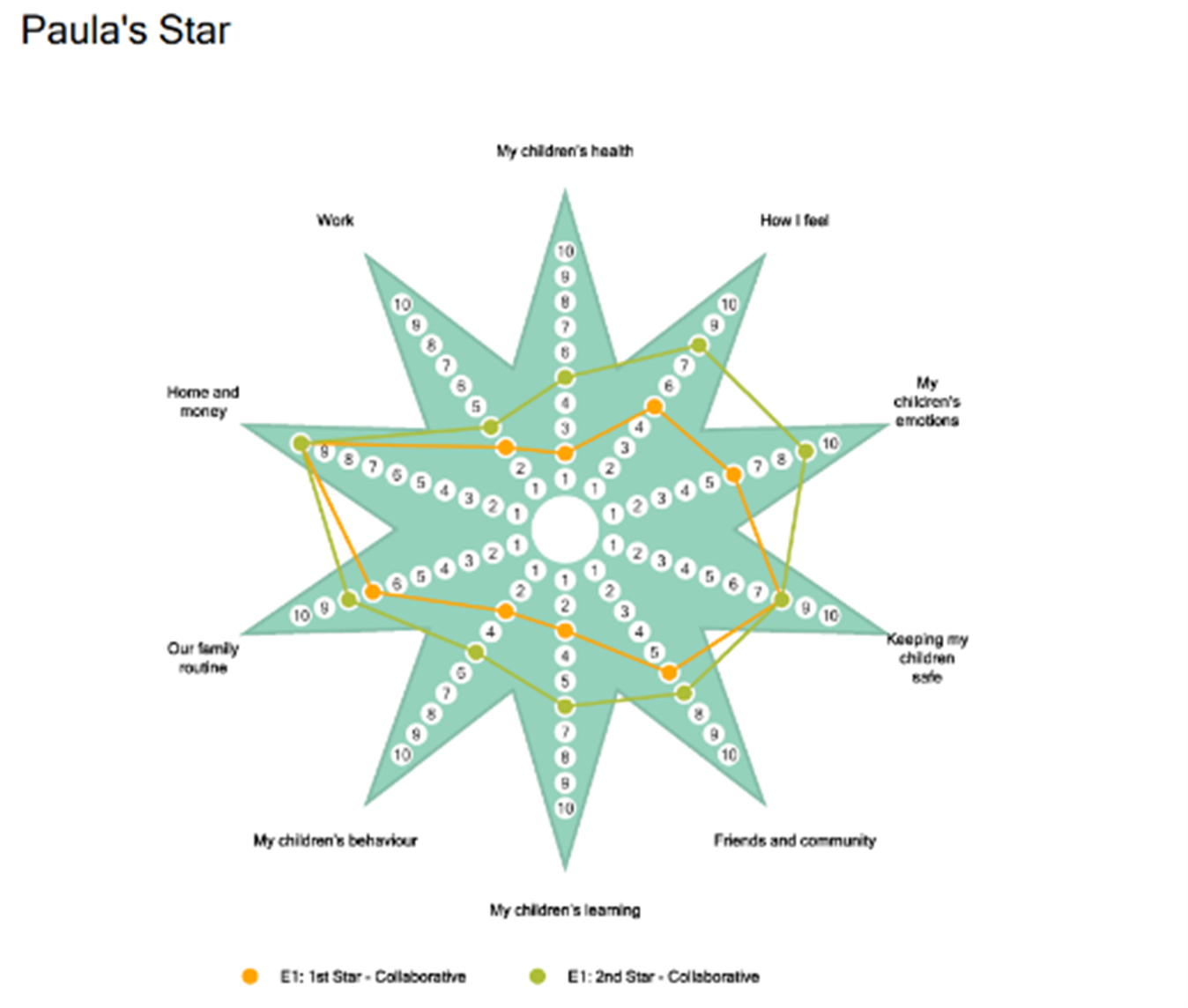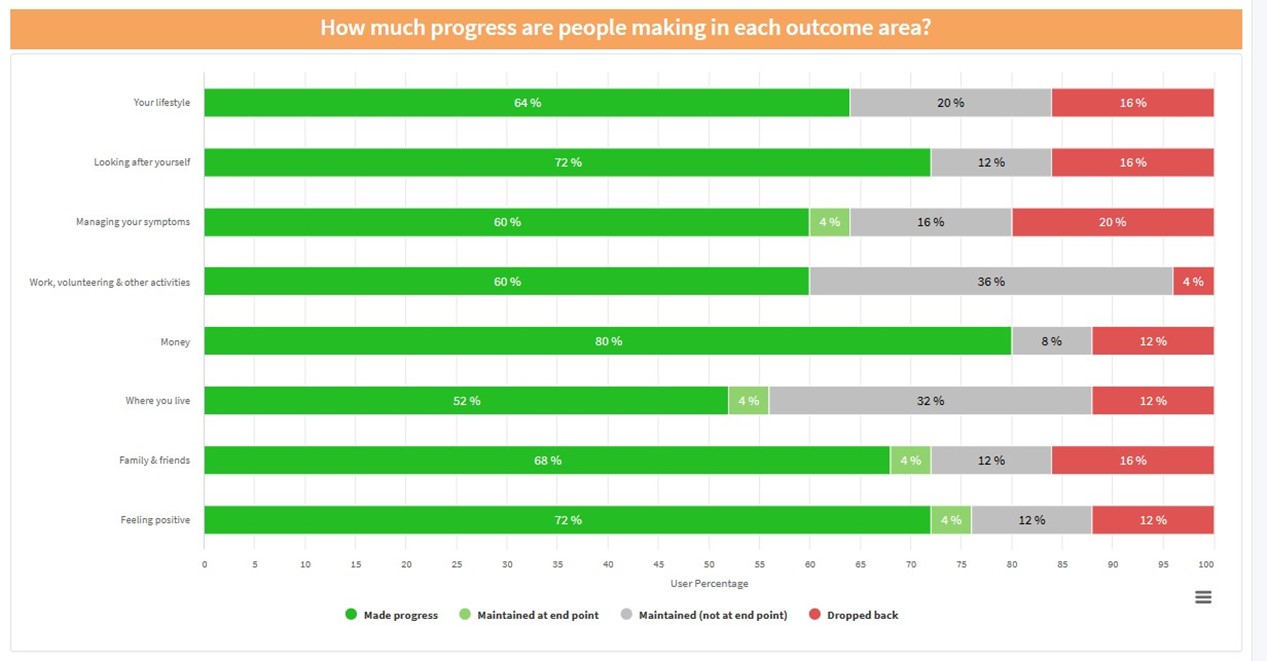When you’re out and about in the community it’s not always easy or possible to connect to the internet. This can make it challenging for those using the Live Completion feature to complete a Star on-screen using the Star Online. We know from feedback that Live Completion is a great way to help practitioners avoid data entry duplication, cut down on paperwork and reduce printing.
That’s why we’re excited to let you know that we’re working on a brand-new Offline App – which allows practitioners to complete Stars collaboratively on screen with the people they support, without needing an internet connection. The new app will be even more user-friendly and accessible, supporting practitioners to have more helpful and collaborative conversations with the people they support.
We’ve been developing the Offline App with Usertopia and QES, drawing on their expertise in research driven user experience and software development. We plan to launch the Offline App later this year.
What will the Offline App look like?
This new functionality will give organisations the option of ‘Enabling Offline Mode’. Once enabled, practitioners linked to the account will be able to download the Offline App to their device and save engagements for use offline.
Using the Offline App, practitioners will be able to start a ‘Collaborative Completion’ session where they can complete the Star, create Action Plans and view and compare previous Stars with the people that they support.
The new screens will also be used to replace the current ‘Live Completion’ function, allowing the Star to be completed using the Star Online in a more accessible and user-friendly way.
A few thoughts from our research and designer partner, Usertopia:
We would like to thank everyone who took part in our research sessions and workshops over the past 12 months. It has been a delightful experience acquainting ourselves with Triangle’s expert team and engaging with a number of practitioners to learn how they are currently using the Live Completion feature of the Outcomes Star to help change lives.
We’ve woven the invaluable insights garnered from our research into the fabric of every design decision we’ve made. This has included getting under the skin of how practitioners engage with the people they support, understanding current limitations and difficulties with the current Outcomes Star, and outlining sensitive use cases with various ethical considerations leading to refinements such as one-tap screen locking.
Our latest updates enhance collaboration, interactivity and engagement, aiming to guide best practice, make the Star easier to use, and ensure safer, more productive sessions for service users. We truly believe these updates will unlock new potential for the Outcomes Star and lay a foundation for continuous improvement long into the future.
– Usertopia
We are really excited about this development and plan to launch it later this year.
First Look: Register to Try the New Offline App!
If you already use Star Online and would like to get a first look and the chance to feed back on the Offline App before launch, please register your interest below.
If you have any requests, or any questions about the Offline App or the Star Online, please contact us on info@triangleconsulting.co.uk.









